Note Naming Realization
From my student Christine:
The note naming exercise was amazing for triads, to figure out that A-C-E is always A-C-E even when it’s Ab-C-Eb or A-C#-E or A-C-E, etc. I must have skipped that realization!
YES! Big thumbs up for that insight, Christine! It is precisely one of the reasons why I am so big on ensuring my students understand:
- how notes relate
- what these relationships look like on the fretboard (with good fingering while we are at it!)
- the importance of learning intervals (learn them first and learn them well!)
- the importance of note naming
Chords are made up of thirds! Know your thirds, then it’s easy!
Here is what Christine meant when she said “A-C-E is always A-C-E”:
All these chords have “something” A, “something” C, “something” E – “something” meaning: natural, sharp or flat.
Triads are made up of stacked thirds.
There are major thirds and minor thirds that make sense to look at in this context (diminished and augmented thirds exist as well, but we don’t need them in this context).
There are four options to stack major and minor thirds:
- minor on the bottom and major on top => minor triad (ex: A-C-E). The outer two notes frame a perfect fifth.
- major on the bottom and minor on top => major triad (ex: A-C#-E). The outer two notes frame a perfect fifth.
- major on the bottom and major on top => augmented triad (ex: A-C#-E#). The outer two notes frame an augmented fifth.
- minor on the bottom and minor on top => diminished triad (ex: A-C-Eb). The outer two notes frame a diminished fifth.
Grab your bass and play those four chords:
- Notice how between Am and A only one note changes, namely the C/C#. Play these two triads back to back a few times. Listen and feel what happens in your fingers!
- When you play them back to back in this fashion, you can actually hear it: minor sounds sad (darker); major sounds happy (brighter)*
- Notice how between Am and Adim only one note changes, namely the E/Eb. Play these two triads back to back repeatedly, and again listen and feel what happens in your fingers!
- Notice how eery and tense the diminished chord sounds compared to the dark, romantic minor triad
- Now notice how when playing the A major triad back to back with the A augmented triad only the top note moves, the E changing to the E#!
- What do you think of this augmented triad? Hear how mysterious it sounds and the tension it creates?
* Check out our Ear Confidence Course to learn more!
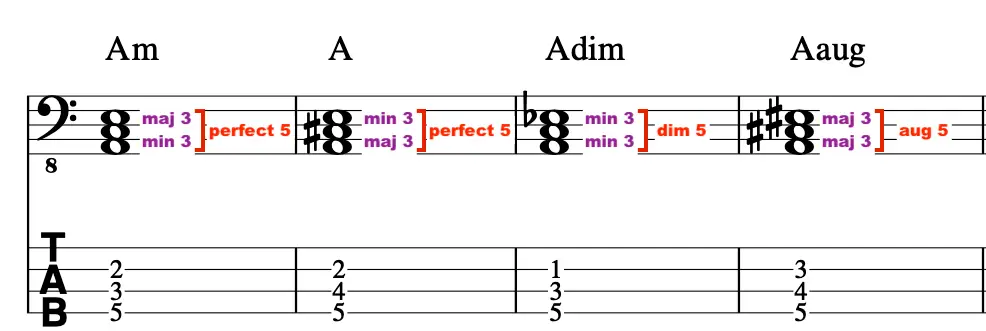
Where do all these triads come from?
Let’s take a look at where all these triads could originate from within the major/minor system. A minor, for example, could be the sixth scale degree of C, the second scale degree of G (the diatonic chord scale is Dorian in this case), or the third scale degree of F (associated with the phrygian mode)!
Check it out below, where I wrote the origins of the various triads under each triad.
You will see that some triads don’t make sense in this context. For example, Ab minor can be a vi and a ii chord alright, but Abm could not be a iii chord – it would need to be called G# as that originates from E major (third scale degree). Calling it Ab minor would mean it’s from Fb major and that is not a scale you want to associate it with (it would be unnecessarily cumbersome!).
Similarly, A# major triad: It certainly does exist and may come your way, as a secondary dominant for example. But much more frequently occurring will be its enharmonic spelling, Bb major. I scratched out the ones that don’t work so well with “something”-A below and renamed them (doing that is called “enharmonic spelling”).
What’s with the Augmented Triad?
The augmented triad does not fit into the major scale or its modes, but it does fit into the melodic and harmonic minor scales. Augmented (and diminished) sounds are also part of symmetric scales such as the whole tone scale or whole/half tone scale.
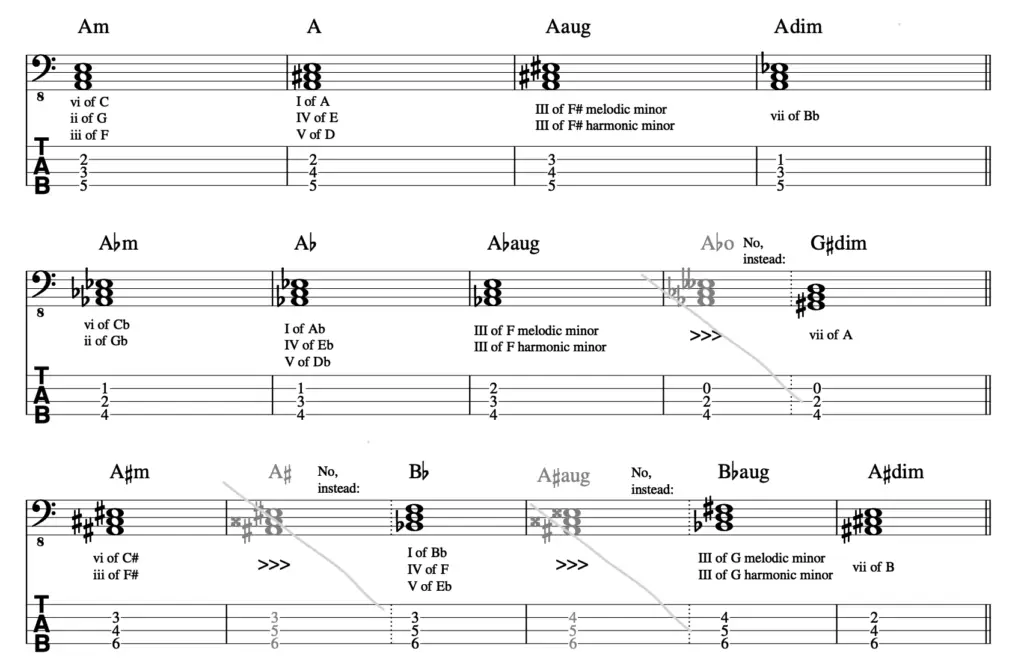
Definitely play all of these chords on your bass. Arpeggiate them rather than playing them as a chord. I just find them easier to compare visually when they are written up as a block chord.
For a detailed discussion about triads and loads of other chords, including tips on fingering and musical applications, check out my book, Music Theory for the Bass Player.
And get inspired to create grooves with these materials in my course! Enjoy! And thanks for the email, Christine!
Want to learn more about the sounds these chords make? Check out our course: Ear Confidence – Six Paths to Fearless Ears
You may be interested in this too: What’s the difference between Triads and an Arpeggio?

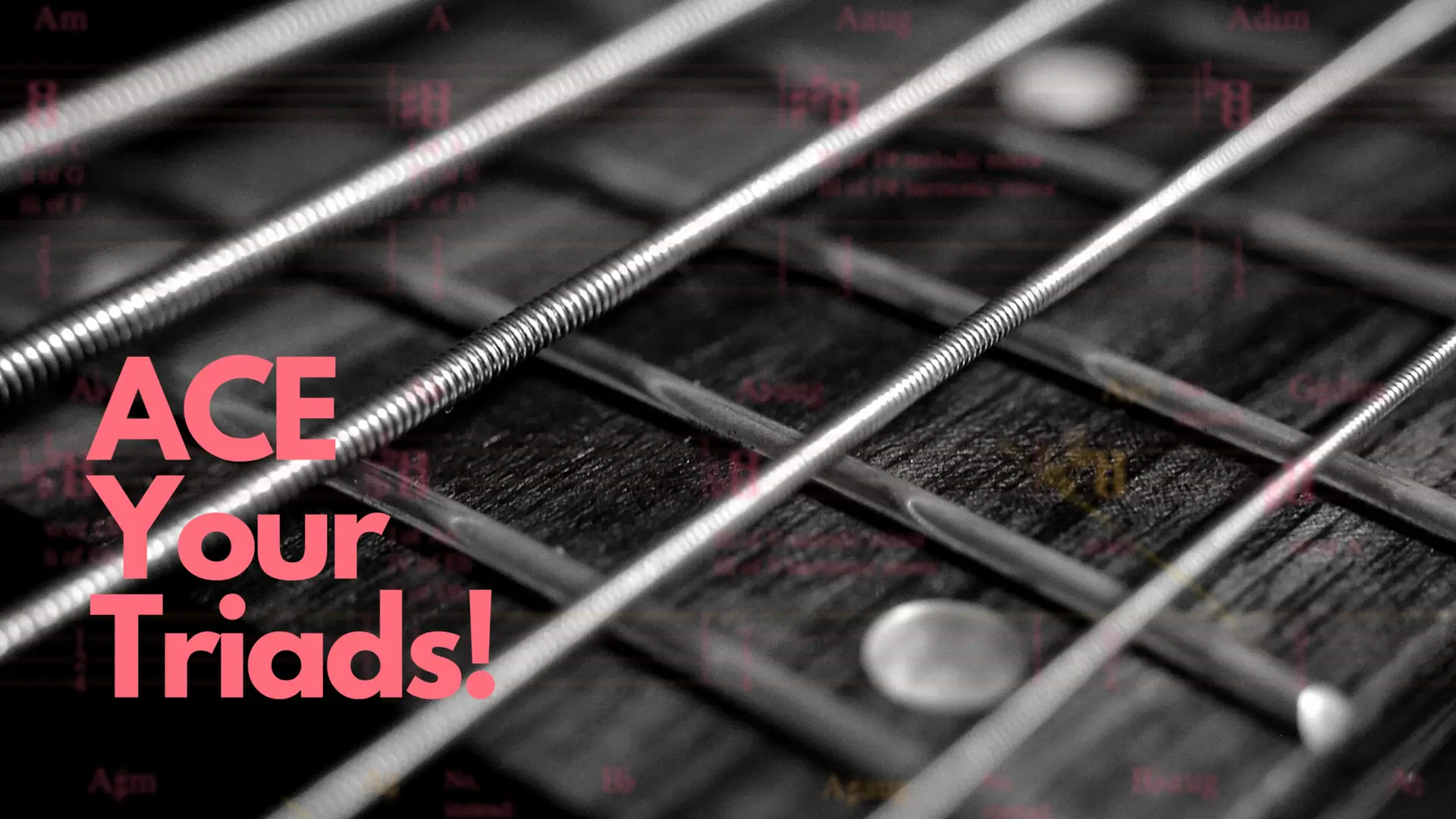


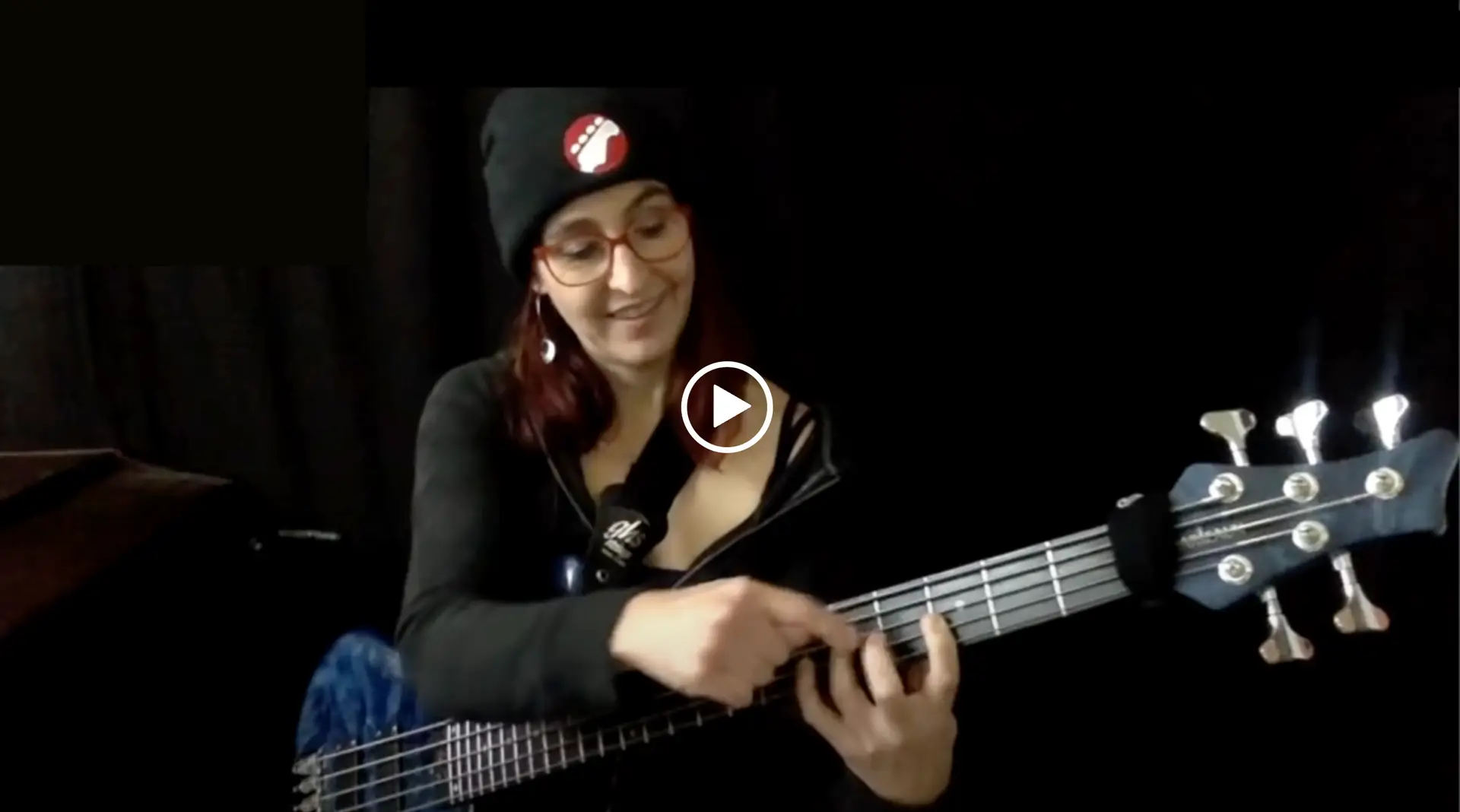
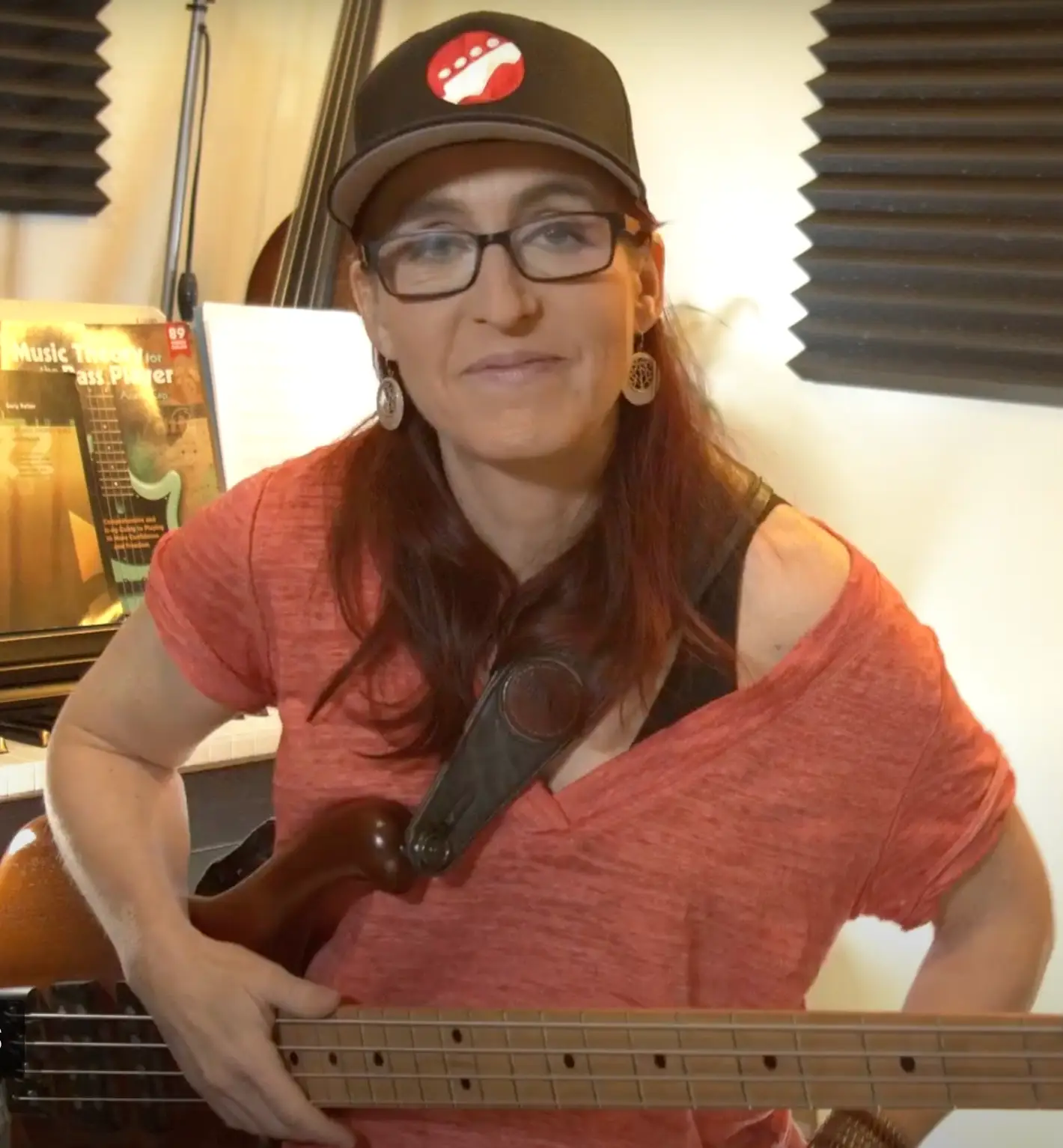
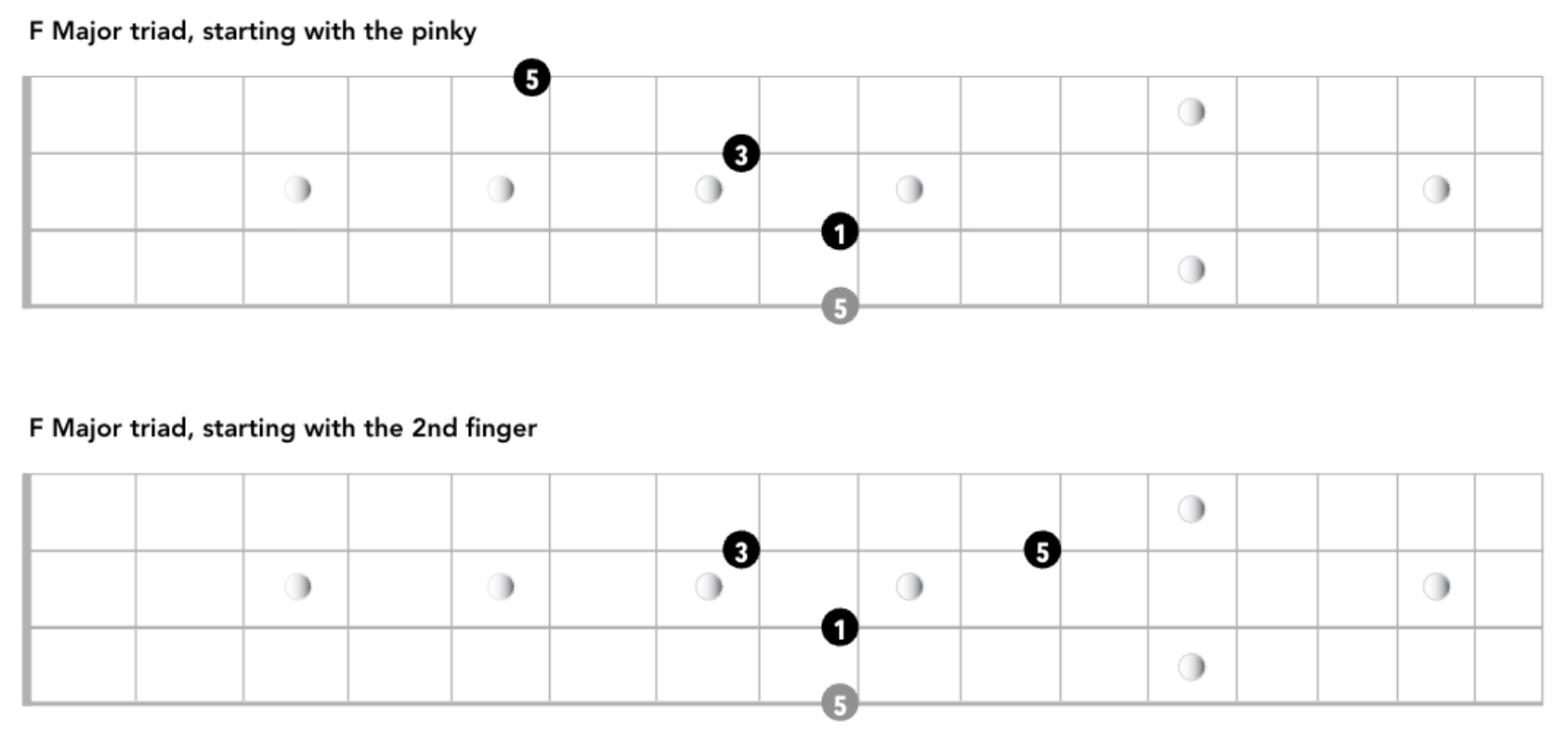

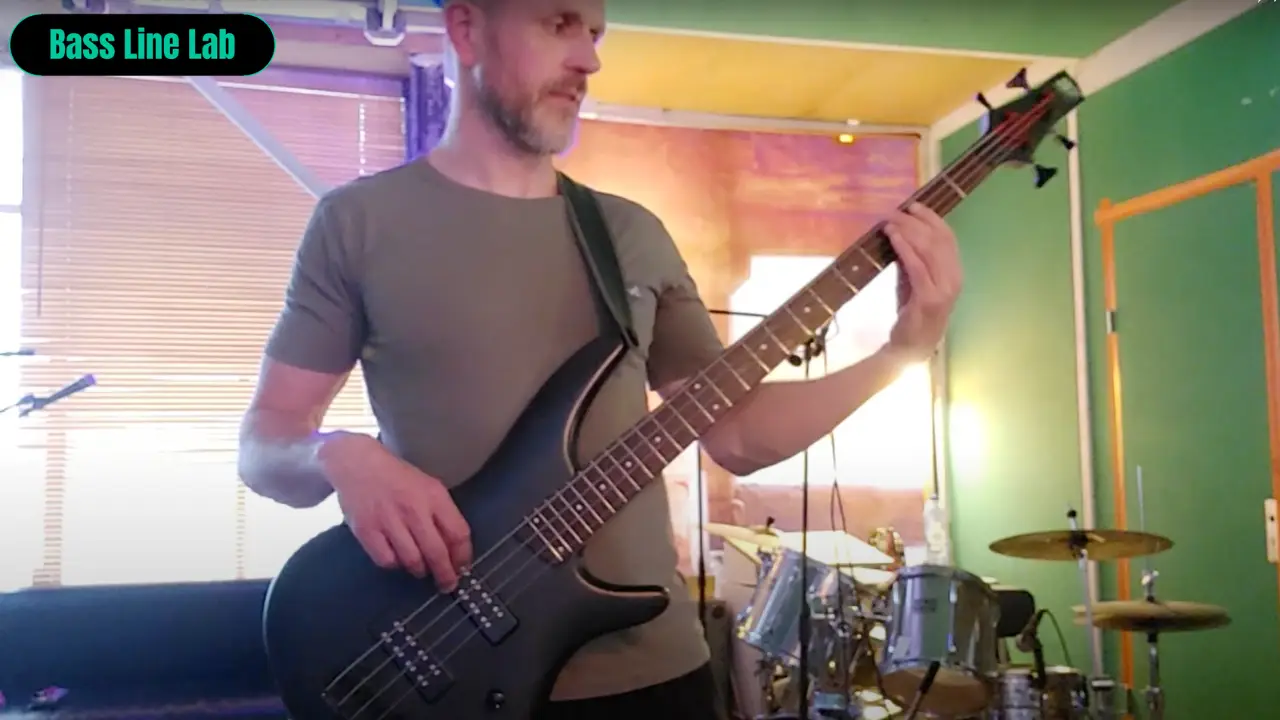
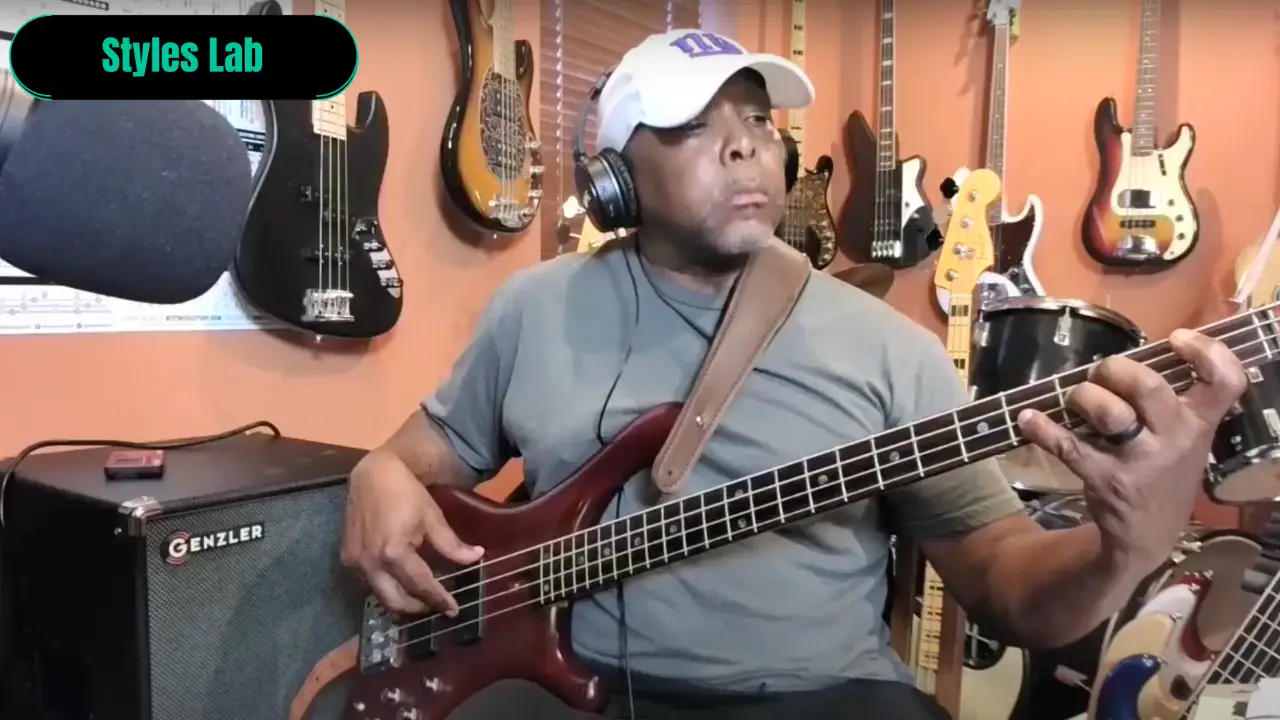
2 Replies to “This really clicked for my student: Triads [Get your bass]”
oh my god – how can it be that i had never realised this?!
That would make …C – E – G – B – D – F – A – C… a super powerfull spelling drill to start practicing right this second! 🙂
Thanks!!!
I approve of this message wholeheartedly 🙂 Yes! Enjoy and thanks for commenting!